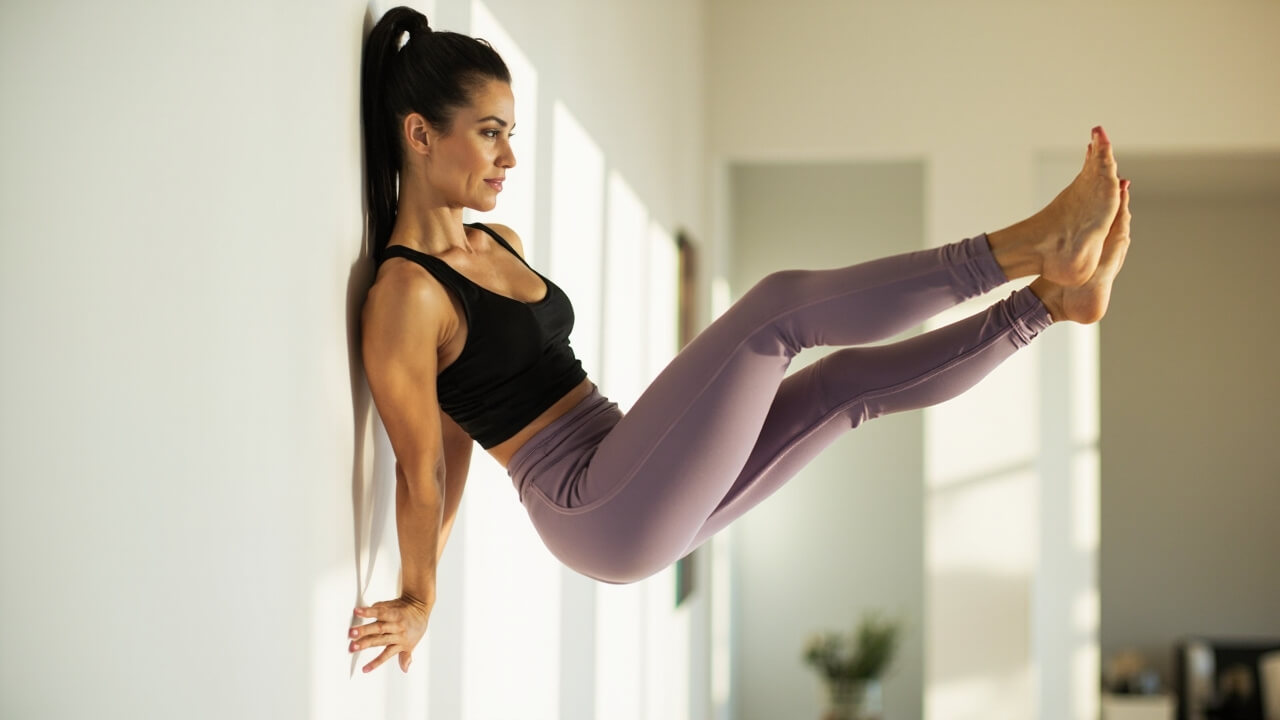Staying active after 50 is one of the best things you can do for your body, brain, and overall well-being. But not all workouts are created equal—especially as we age. In fact, some moves that were perfectly fine in your 20s or 30s can cause joint pain, strain, or even injury in your 50s, 60s, and beyond.
This guide breaks down the worst exercises for aging adults, why they’re risky, and what safe, effective alternatives you should be doing instead.
Whether you’re a lifelong gym-goer or just getting back into fitness, these tips will help you stay strong, flexible, and injury-free.
Why Exercise Needs to Change After 50
After age 50, our bodies go through natural changes:
- Loss of muscle mass and bone density
- Decreased joint flexibility
- Slower recovery from injury
- Higher risk of chronic conditions like arthritis or heart disease
That doesn’t mean you should slow down—it just means you need to move smarter.
1. Avoid: Deep Squats with Heavy Weights
Try Instead: Chair Squats or Wall Sits
Deep squats—especially with heavy barbells—can put excessive pressure on knees and lower back, which become more vulnerable with age.
Safer Options:
- Chair squats: Sit and stand from a sturdy chair to build strength with control.
- Wall sits: Hold a squat against a wall to engage your quads without stressing your joints.

2. Avoid: High-Impact Jumping Exercises (Box Jumps, Jump Lunges)
Try Instead: Low-Impact Cardio Like Step-Ups or Marching in Place
Explosive moves like box jumps or jumping lunges can be dangerous for aging knees, hips, and ankles.
Safer Options:
- Step-ups on a low bench or stair
- Brisk walking, elliptical, or swimming
- Low-impact aerobic classes designed for older adults
3. Avoid: Sit-Ups or Crunches
Try Instead: Planks and Bird-Dogs
Sit-ups can strain the neck and lower back—especially if your core isn’t as strong as it used to be.
Safer Core Moves:
- Forearm planks (even modified on knees)
- Bird-dogs: A gentle back-safe movement that improves balance and core control

4. Avoid: Behind-the-Neck Shoulder Presses or Pull-Downs
Try Instead: Front Shoulder Presses with Light Dumbbells
Behind-the-neck moves can put unnatural strain on the rotator cuff and cervical spine—especially if you have limited shoulder mobility.
Safer Options:
- Front dumbbell or resistance band shoulder presses
- Lateral raises with very light weights
- Arm circles for range of motion
5. Avoid: Long-Distance Running on Hard Surfaces
Try Instead: Walking, Biking, or Water Workouts
Running puts repeated impact on joints. Over time, this can lead to wear-and-tear injuries—especially in older adults with arthritis or past injuries.
Safer Cardio Choices:
- Walking on soft trails or treadmills
- Cycling (indoor or outdoor)
- Water aerobics or swimming
6. Avoid: Heavy Deadlifts or Barbell Rows (if untrained)
Try Instead: Resistance Bands or Light Dumbbell Rows
Deadlifts are effective but require perfect form. For many over 50, the risk outweighs the reward—unless you’re highly trained.
Safer Strength Moves:
- Resistance band rows
- Dumbbell rows with proper spine alignment
- TRX (suspension) training if available
Bonus: 3 Safe Exercises You Should Be Doing After 50
1. Tai Chi or Yoga
Promotes flexibility, balance, and stress reduction.
2. Resistance Training (2–3x per week)
Light weights or bands help maintain muscle and bone strength.
3. Balance Drills
Simple exercises like single-leg stands or heel-to-toe walking prevent falls—a major concern in older adults.

FAQs
Why do some exercises become unsafe after 50?
As we age, our joints, tendons, and bones become more susceptible to injury. High-impact or overly strenuous exercises can do more harm than good—especially without proper warm-up or supervision.
Can I still lift weights after 50?
Absolutely. Strength training is crucial for aging well. Just focus on form, lighter weights, and avoid fast, jerky movements. Consulting a trainer who specializes in aging fitness is a smart move.
How many days a week should I work out after 50?
Aim for:
- 150 minutes of moderate cardio per week
- 2–3 strength sessions
- Daily stretching or balance work
Start small and build gradually.
Final Thought: Move Smart, Stay Strong
Your 50s, 60s, and 70s can be some of the most active years of your life—if you focus on safe, sustainable movement. By avoiding high-risk exercises and replacing them with joint-friendly alternatives, you can build strength, improve balance, and feel better every day.
Ready to upgrade your routine?
Talk to a fitness professional or try a senior-friendly workout class. Your future self will thank you.
